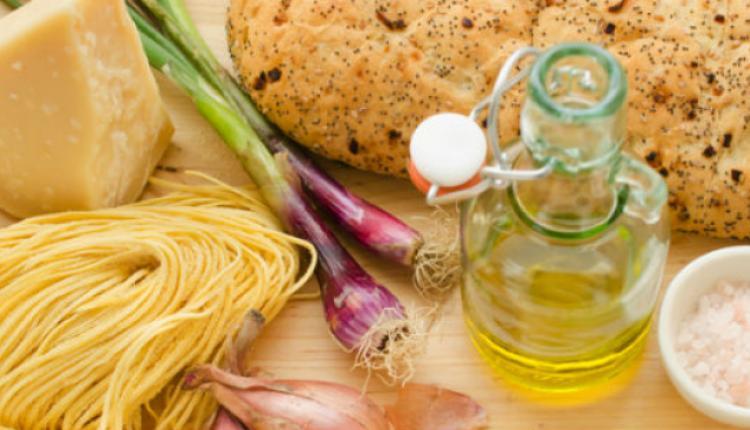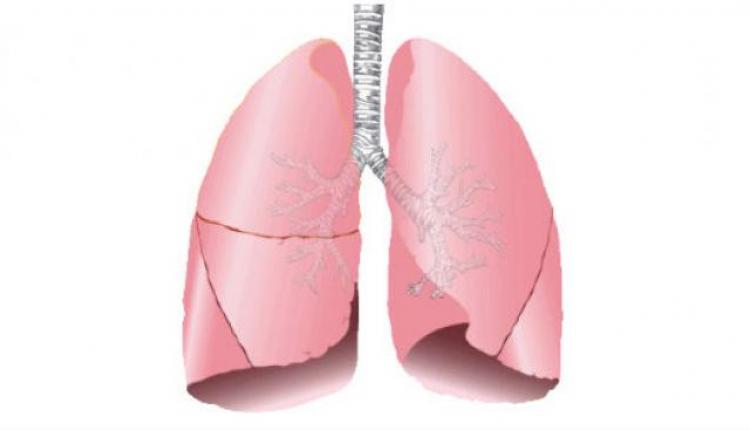Gluten & Arthritis: What’s the Connection?

A big dish of pasta, a sandwich on whole-wheat bread, even a bowl of oatmeal are all healthy choices, right? If you are allergic to gluten, those foods could be very bad for you.
Gluten is a protein found mostly in wheat. (It is sometimes found in other grains like rye or oats.) Many foods we eat every day contain wheat. It is used to make pasta, pizza crusts, bread, and other baked goods. It is also found in foods you may not think of, like soup mixes and soy sauce.
For most of us, gluten doesn’t cause problems. But people with gluten allergies or celiac disease get very sick when eat foods that contain gluten. Their bodies respond to gluten in a way that damages their intestines. Researchers are looking into whether a similar type of response causes symptoms like inflammation and pain in people with in rheumatoid arthritis (RA).
In one study, patients with RA were put on a gluten-free vegan diet. Other patients were put on a non-vegan diet that included gluten. At the end of the study, 40.5 percent of the gluten-free group showed an improvement in the symptoms of RA, compared to 4 percent in the gluten group.
If you think you might be allergic to gluten, talk to your doctor. He or she can conduct a test for wheat allergy or celiac disease. Your doctor may suggest a diet that cuts out gluten to see if your symptoms improve.
But think twice about switching to a gluten-free diet otherwise. Gluten-free baked goods often have less fiber and are rarely fortified. They are still high in fat and refined sugar.


